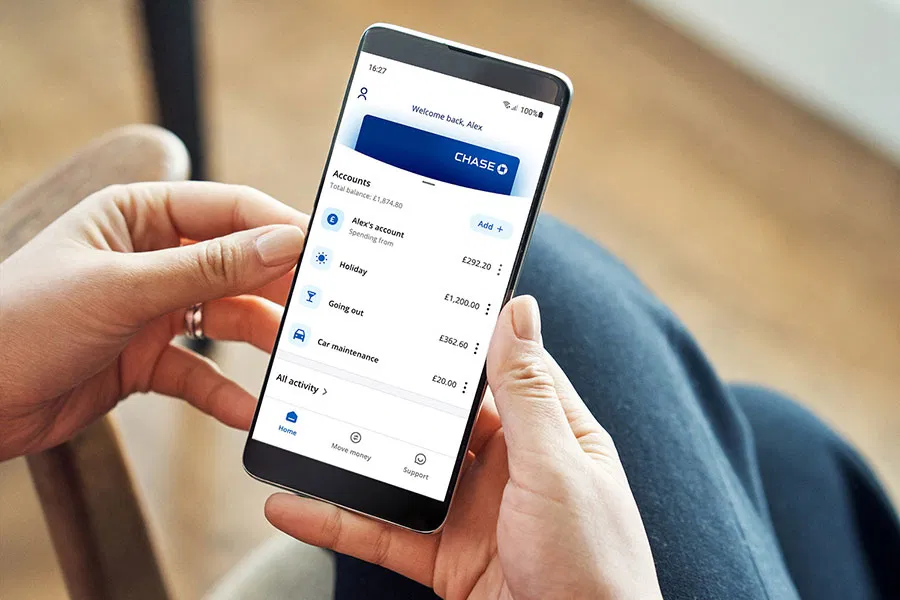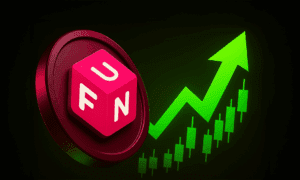Checking accounts are great for keeping your money safe and accessible. Add in features like direct deposit, online bill pay, and debit cards, and a checking account is a smart and convenient part of your financial toolkit.
But what if your checking account also helped you earn money? That’s exactly what a rewards checking account does. Keep reading to learn what a rewards checking account is and how you can use one to get your bank to pay you.
What Is a Rewards Checking Account?
A rewards checking account is a type of checking account that offers perks, like cash back on purchases, higher interest rates, or points. Banks typically offer these rewards on checking accounts to attract customers and encourage ongoing account activity.
How Do Reward Checking Accounts Work?
Earning rewards usually means meeting certain monthly requirements. Depending on the bank, you may need to:
- Make a minimum number of debit card purchases.
- Maintain a minimum balance.
- Receive a minimum amount in direct deposits or ACH transfers.
- Sign up for electronic statements.
These requirements usually reset each month, so consistency is key. Some accounts also cap the high interest rate at a certain balance – anything above that earns a lower rate.
Once you meet the requirements, you can earn rewards, such as:
- A cash bonus for opening the account.
- Monthly cash back for debit card purchases.
- Higher-than-average interest on your balance.
- Points to redeem for travel, shopping, or gift cards.
Some rewards checking accounts may offer additional perks, like ATM fee reimbursements or waived maintenance fees.
How To Make a Rewards Checking Account Really Pay Off
The three key components to making the most of a rewards checking account are meeting the criteria, avoiding hidden costs, and maximizing long-term value.
Meet the criteria
Every rewards program has its own way of distributing perks, but most banks use specific account activities to determine if you qualify. That might include a required number of debit card transactions, linking accounts, paying bills, or even logging into your account.
Once you know the criteria, you can make them part of your routine. For example, let’s say you open a rewards checking account that requires $2,000 in monthly direct deposits to earn travel points. Your next step should be setting up direct deposit into that account.
Note: Some banks limit how many ATM withdrawals you can make for free or restrict reward eligibility to domestic transactions, so read the fine print.
Avoid hidden costs
Rewards programs can have hidden costs, especially if you miss a requirement. A good example of this is an inactivity fee, which you may be charged if you don’t use the account for a set period.
Fees aren’t the only risk. You could also lose rewards for the month if you go below the minimum balance, come up short on required debit card transactions, or miss the direct deposit threshold.
Maximize long-term value
You also want to think about how a rewards checking account fits into the bigger picture of how you manage your money. Picking one that augments what you already have can boost your overall financial health.
One way to do that is to look for checking accounts with relationship bonuses or loyalty tiers. These reward you for holding multiple accounts, sometimes by increasing your interest rate each time you open an account.
Another option is to find a bank that ties their checking account to a broader reward program. That way, you may be able to pool points or cash rewards across checking, savings, and credit card accounts.
Who Rewards Checking Accounts Are Best For
Rewards checking accounts can be a great way to get more for your money, but they may be particularly valuable for the following people:
- The Daily Spender: Someone who uses their debit card every day may easily hit a minimum monthly purchase requirement.
- The Relationship Builder: Do you already have a mortgage, credit card, or savings account with one bank? Check if it also has a rewards program or loyalty tiers.
- The Optimizer: If you enjoy squeezing the value from every dollar – and don’t mind tracking perks – then a rewards checking account might be ideal.
However, rewards accounts aren’t for everyone. You may want to skip them if you prefer paying with a credit card, have a variable income, or enjoy a checking account with no strings attached.
Ready To Open a Rewards Checking Account?
Here’s a super simple checklist to help you decide if a rewards checking account is right for you. The more times you answer “yes,” the more likely you are to make good use of a rewards checking account.
- Do you receive regular direct deposits?
- Will you make frequent debit card purchases?
- Can you meet monthly requirements without changing your routine too much?
- Do you already bank with an institution offering loyalty rewards?
- Do the rewards (cash back, interest, points) make up for any effort or limits?
Turn Everyday Banking into Everyday Rewards
A rewards checking account can turn routine banking into real benefits like cash back, higher interest, or travel points – just for doing things you already do. The key is choosing an account that aligns with your habits so you can consistently meet the monthly requirements.
Look for accounts that complement your broader financial setup, like loyalty perks or linked rewards programs, to get the most value. When used strategically, a rewards checking account doesn’t just pay you – it strengthens your whole money game.
Read More From Techbullion



































